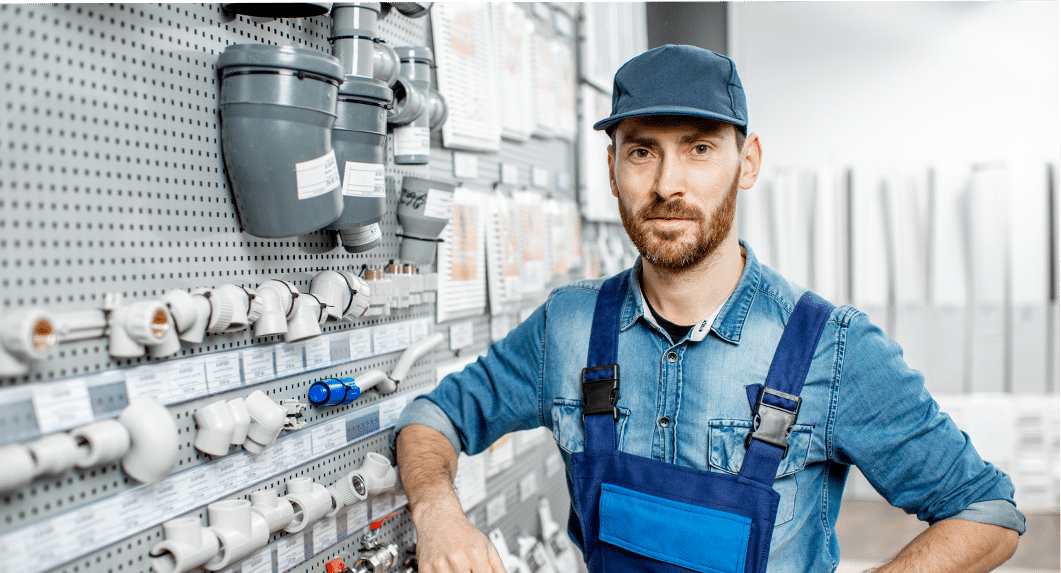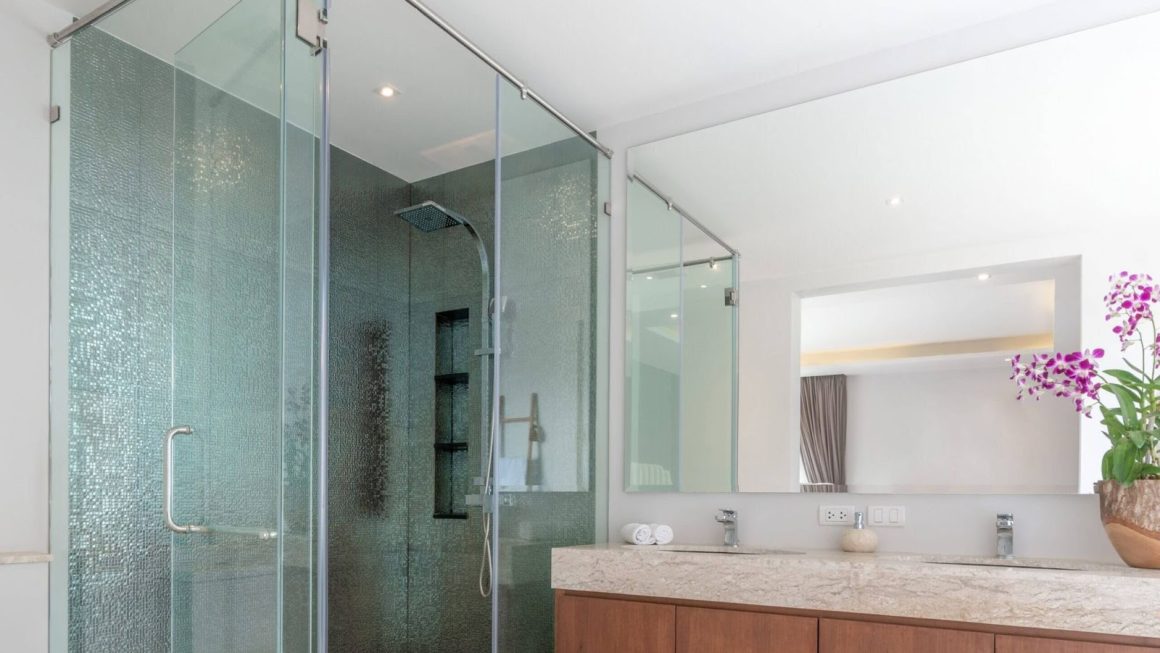Maybe for those of you who are not too familiar with piping, you only know a few things, such as turning on the water tap, wasteful and water in the toilet.
One of the best ways to understand how it works is to take a look at the plumbing installation for a new construction with the best plumber. To give you a better idea, here are 5 tips for planning plumbing when building a home with Plumber Sydney.
5 Tips Install Plumbing When Building New Home
- Know What You Need
Before hiring a plumbing professional to start working on your new home plumbing, it’s a good idea to think about what you really need. A plumber can offer advice, but only you know best what your home needs most.
- Septic Tanks and Sewers
Septic tanks and sewers are some of the most difficult parts of a home plumbing system. First, you need to know the size of the required septic tank. So, you have to know about how big the size of the septic tank is needed.
Septic tanks separate solids from liquid waste. There are a number of facultative as well as anaerobic microorganisms that can help break down solid waste, in the tank. In this process, a gas will be created which must be removed.
When building a new home, the plumbing system is one of the first parts you work on. Installation of drains in pipes must always take precedence before installing the foundation of the house.
The process of working on this pipe will continue, along with the construction of the house.
The first step in the installation of the plumbing takes place at the same time as the installation of the wiring and conduits. Light fixtures are installed before walls are fitted, drainage systems come in at the same time, and final details are added after cabinetry is completed and final touches are made to the house.
Also Read: Redesign Your Home With Better Kitchen And Bathroom Renovation
- Place Water Heater and Furnace in the Basement
Make sure you install a drain pan underneath your water heater. Drain pans help collect any stray drips, preventing water damage. Have your drain pan connected to the sewer so you can direct moisture away from your house.
If you have planned to make a basement, you can install a water heater and also a stove on the floor of the main house.
With utility cabinets, it can make it easier for you to store water heaters and stoves.
- Keep All Your Plumbing Central
Plan for your water heater, water softener, furnace, sump pit, sewage ejector pit, main water shut-off valve, and sewer connection all to be in the same space. You must keep it all in the same area, so it’s easier for best plumbers to identify issues when they arise.
- Keep Water Shut-Off Valve Accessible
The entire water supply in your home can be disconnected from the main water shut-off valve by turning it on or off.
If something bad happens to the plumbing in your home, it’s best to move quickly to disconnect the main water valve so as not to cause further damage.
We recommend installing the main valve in an open room, such as the living room in your home.
So you can access the main water valve easily, without having to worry.
Also Read: How To Hire A Flooring Contractor
Those are 5 tips for planning plumbing when building a home that can make it easier for you. We hope you found this information useful.



